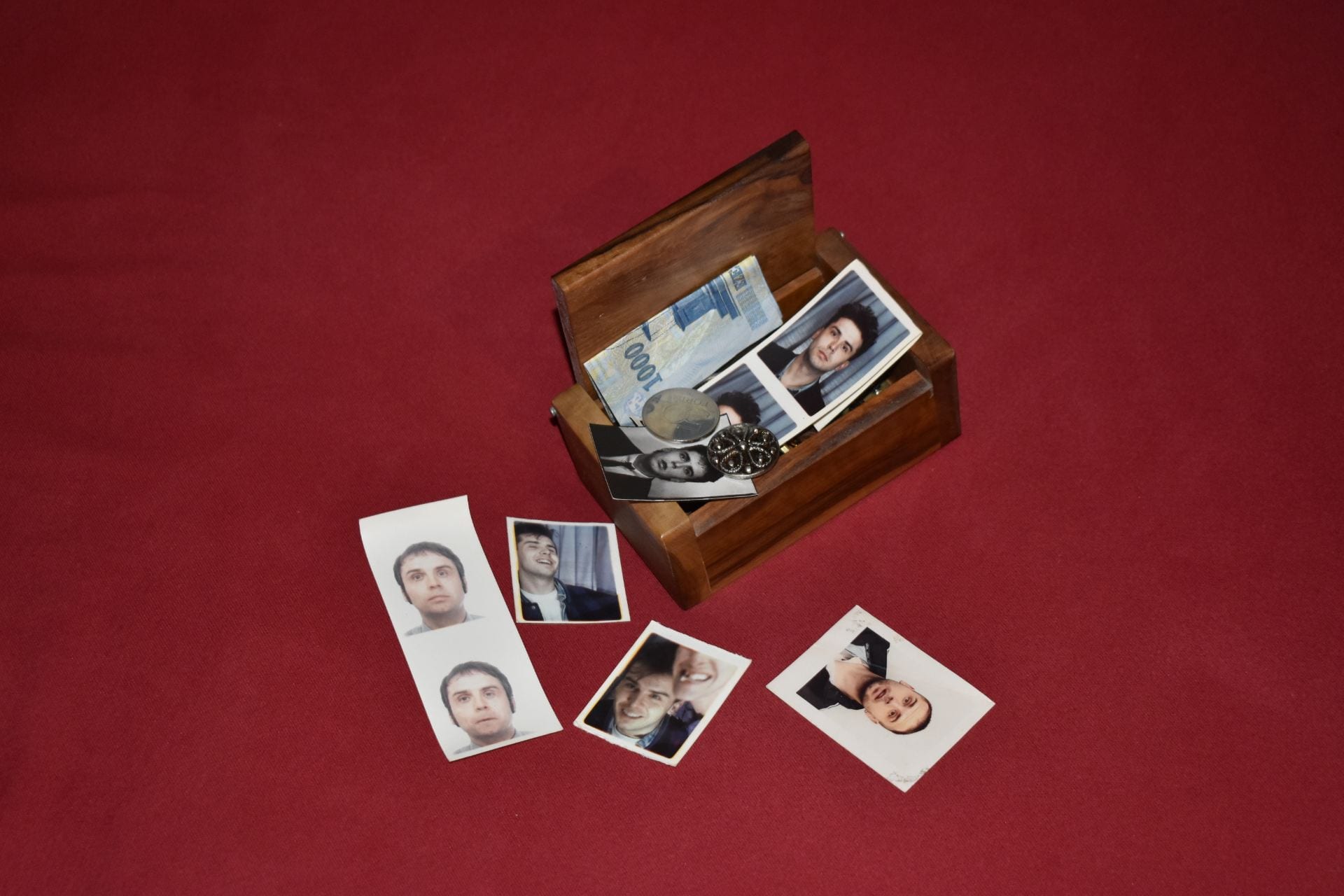Susan Sontag examines the relationship between photography and truth in her book “In Plato’s Cave” (1977). Sontag uses the analogy of Plato’s Cave to explain how photographs are representations of a truth and therefore can never be the full truth. In Plato’s Cave, prisoners were facing a blank wall and had been dong all their lives. They believed that shadows on the walls were the “real thing”, however when they were freed they realised that the shadows were not the real objects, instead they were representations of real people and objects creating the shadows. In this analogy the audience experiencing a photograph are equated to the prisoners who have are facing the wall. The photographs an audience is looking at are the shadows or representations of the real thing. The objects and people that have been photographed are the real thing or truth. This is because photographs are not the real life object, person or environment pictured. Also, photographs are framed and can be edited and presented in certain versions/artistic portrayals by photographers.
Sontag goes on to explain how advances in technology have blurred the distinction between the real thing or the truth and an altered representation f the truth. She identifies technologies such as the modern camera that can adapt to the mobile reality of the everyday, creating more opportunity for casual, authentic images, making it more convincing as being the “truth”. It is also easier to change the fabrication of an image with editing software. This can mislead an audience into believing that the edited version of a representation are closer to reality than they actually are.
Sontag explains that,to her mind, photography is a practice of “non-intervention” and is a vehicle for documentation. This made me think of the war photography in Vietnam’s War Museum (Saigon/Ho chi min city, Vietnam). During the Vietnam war, many journalists used photography to document the horrors of war. These photographers were not there to change the events in the present, but document moments in time that would prove to be a very important part of understanding the war and contributes to the delivery of justice for those who suffered from war crimes. Sontag also explains that events that seem unimportant at first sight can be respected and valued as pieces of history and art. To Sontag’s mind, photography can add more importance to an event, with the presumption that it was deserving of photographic documentation and therefore important enough to attain a certain “immortality” in photographic form.
Sontag brings to light issues with photography “violating” people. The act of photographing someone, gives you a higher power over them, as you will have a document/ representation of them, from a perspective they can never see themselves from in “real life”. Sontag compares photography to hunting, explaining that the camera is like a gun, when you have a camera you have a certain power over anyone in your frame. This reminded me of the importance of consensual photography. Also, in order to take more authentic shots, I will attempt to avoid making people feel uneasy and instead capture them in a natural, relaxed state, even if that involves extravagant visuals and movement.
In conclusion, Susan Sontag uses Plato’s Cave analogy to highlight the fact that images are mere representations, artistic views and versions of reality, yet reality itself is lost in an illusive moment in time and space. She explains how recording events/ moments in time give them a sense of immortality and importance that may not be immediately recognised in the present. However, photographs may hold nothing more than the rights to artistic value. Sontag reminds the reader that it is important to acknowledge the potential for photography to create feelings of violation in the subject and steps should be taken to reduce the chances of this violation. I will take into account these points raises by Sontag, in order to create a more sensitive portfolio.





























